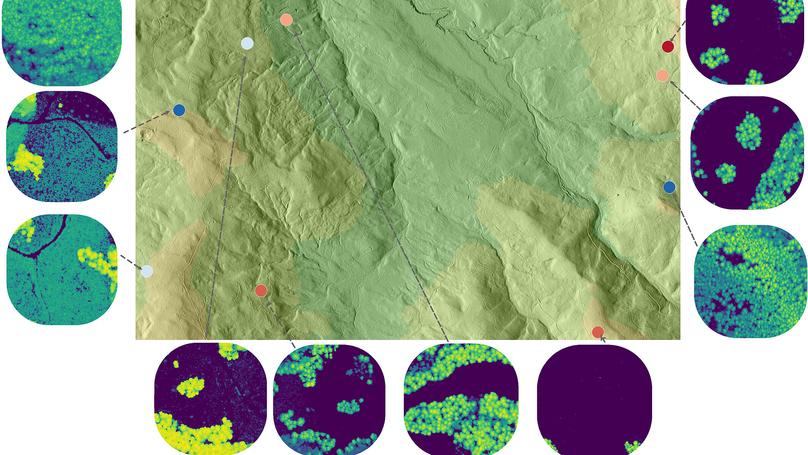Research Goals
Biodiversity supports human well-being with food, energy, and materials. Understanding the causes and consequences of global biodiversity change has immediate applications in enhancing the resilience and sustainability of the ecosystem functions and services in the face of rapid global change. Current efforts to anticipate future biodiversity trends incorporate various environmental variables from satellite instruments and geospatial reanalysis products. However, those variables provide limited information (mainly climate and topography) and are rarely processed at scales that align with how species experience their environment. Modeling challenges include the fact that species responding to climate are interacting with others that are also responding to climate. To fill these knowlege gaps, we have develop data-model synthesis framework in the following figure

- Harnessing remote sensing data to uncover the novel climate-habitat interactions
- Synthesizing biodiversity survey data from a varieties of sources
- Developing ecological forecasting framework to anticipate future changes with full uncertainties.
We are working on modeling and forecasing multiple species group at the National Ecological Observation Network. One paper that focused on insect group (e.g., Ground Beeltes) has been published in the following. NEON also write a nice story about this paper. We are currently working on other species group (i.e., trees, birds, small and large mammals).
